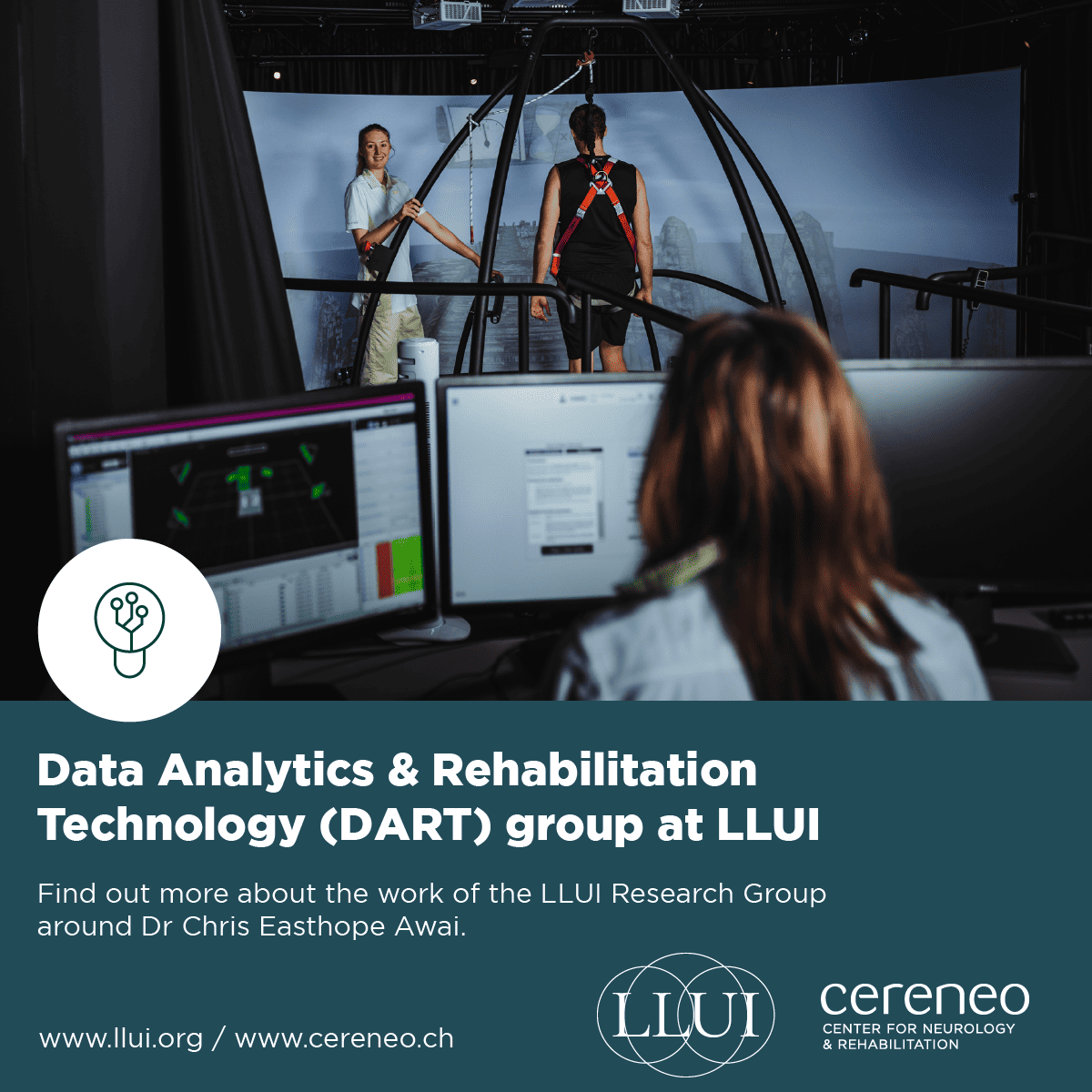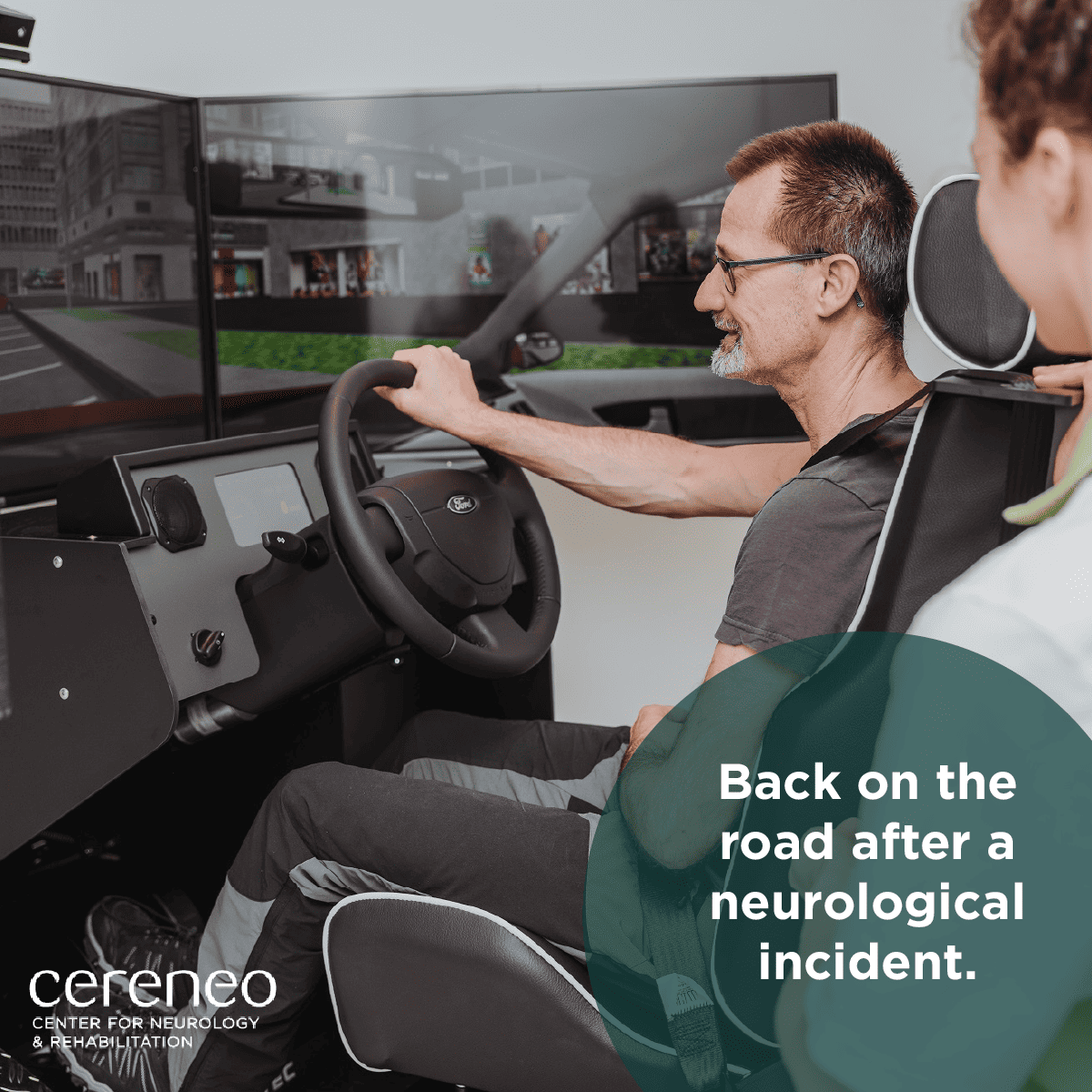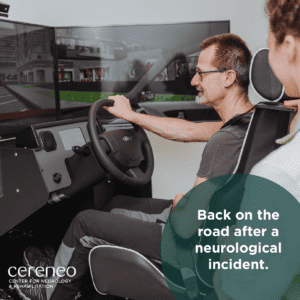Dr. Mario Widmer obtained his Doctor of Sciences degree at ETH Zurich in 2017. At cefir, he is working as a research scientist and movement science specialist.
Can you tell us a bit about your professional background?
I am working as a research scientist and movement science specialist at the cereneo Center for Interdisciplinary Research (cefir). As such, I am involved in the development and testing of different kinds of (remote) measurement methods that enable us to track motor function recovery after stroke in-clinic and at home. Moreover, I am coordinating and executing clinical studies in collaboration with our clinical partners (e.g. University Hospital Zurich and Johns Hopkins University, Baltimore, USA).
The cereneo Center for Interdisciplinary Research (cefir) is a non-profit foundation dedicated to advancing the field of (tele-)rehabilitation. One overall goal of cefir is to enable novel therapeutic interventions and to monitor patients at home – hence tele-rehabilitation. This topic is consolidated within the cereneo Advanced Rehabilitation Institute (CARINg).
Why did you choose for a field such as neurorehabilitation research?
During my Master studies in Human Movement Sciences at ETH Zurich, I was rather interested in exercise physiology, i.e. in how the body reacts to physical activity in both the long and short term. Later, when I was writing my Master thesis, I discovered my passion for research and decided to apply for a PhD position that would fit my professional interest.
While applying for research funding together with my thesis supervisor, Prof. Lundby, for a project about a physiological phenomenon called “central (nervous system) fatigue”, I got introduced to Dr. Kai Lutz who is an expert in this field and who just had been appointed Scientific Director of cereneo.
It was Prof. Dr. med. Andreas Luft, Medical Director at cereneo, who told me about an exciting PhD project in the field of neurorehabilitation. A great opportunity! From this moment, the field of neurorehabilitation has fascinated me until now, so that I am very happy to be able to continue my research in the foundation (i.e. ‘the cereneo Foundation for Interdisciplinary Research (cefir)’).
What are you currently working on?
In-clinic, movement deficits are usually evaluated using standard clinical assessments. These are, however, often subjective in nature and even experienced clinicians fail to consistently discriminate small changes in function when using such methods. In addition, clinical scales can for various reasons often not be regularly performed at the patients’ homes.
Wearable sensors are increasingly viewed as promising tools for quantifying and better understanding sensorimotor problems. We are therefore currently evaluating such technology in order to gather information about how patients perform at home. While we are starting with overall activity measurements, we are also trying to develop ways to (remotely) measure the quality of the movements that are produced outside of therapy and at home.
How do we implement neuroscience in our daily practice and how?
Of importance is cereneo’s and cefir’s close collaboration with very renowned research groups from universities all around the world. The fact that we publish our own research studies forces us to always keep an eye on the latest developments and publications.
However, new methods and evidence always also needs some translation, e.g. from research articles to everyday practice. The ability to break down complex processes and methods into digestible pieces, to implement them in an efficient way and to elaborate together with the team how to apply such methods in daily practice, is exactly one of cefir’s great strengths.









